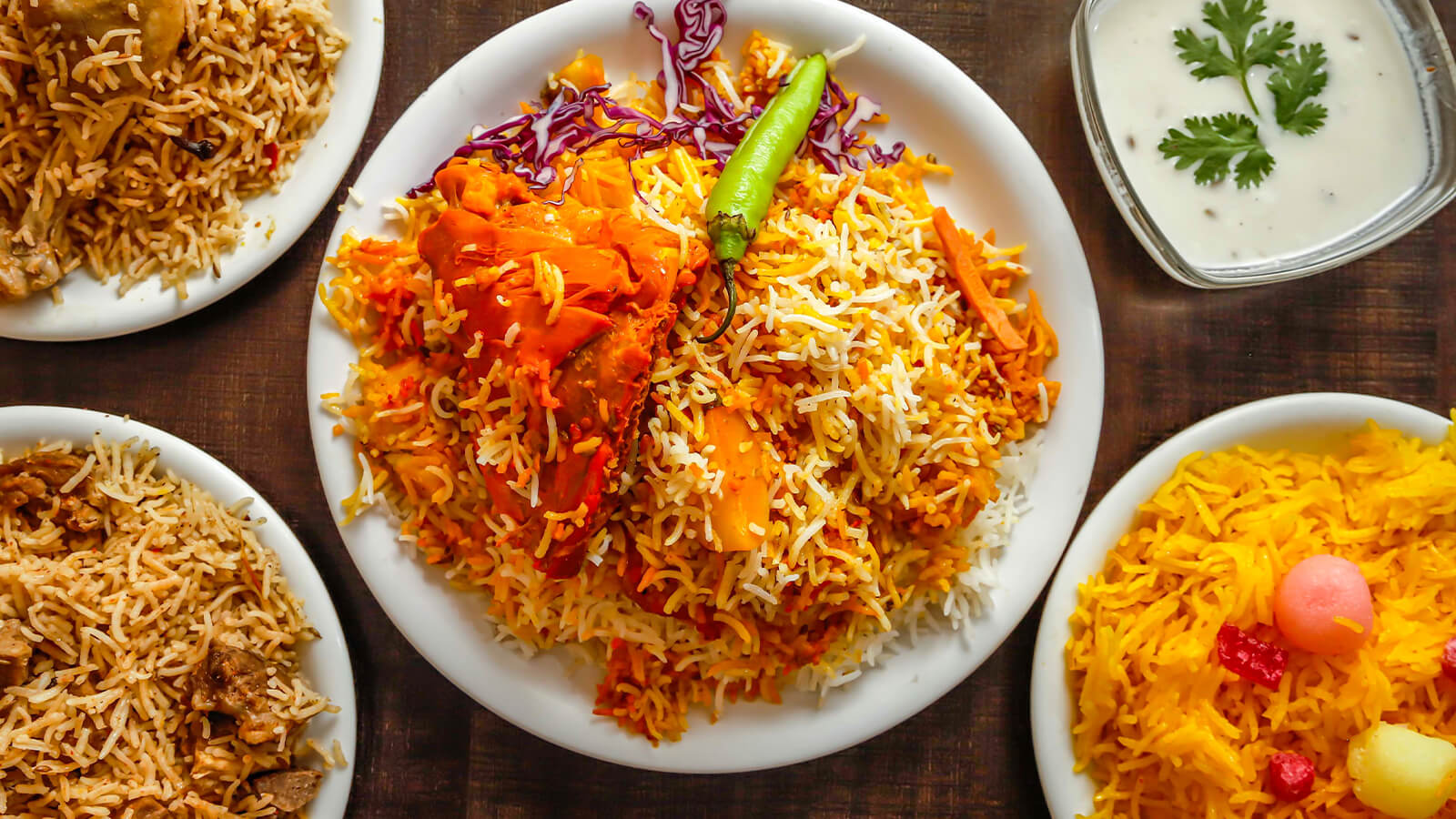Learning The History Of Indian Food

India is known for having some of the best food culture in the world. The number and range of spices and fresh ingredients used across the country has led to an unparalleled diversity of flavors. Throw in the seemingly countless ways in which dishes are prepared and composed, and you have some of the tastiest dishes on Earth.
In order to truly appreciate Indian cuisine though, it’s necessary to understand how much food varies between regions, and the historical processes that led to these differences.
For those who are merely looking to enjoy delicious food, history might not seem to be of the utmost relevance, beyond the basics. When you really study a culture, however, you learn just how important the past is in defining the flavors of a country that we enjoy today. People who are well versed in international studies come to understand that history, cultural development, and even religion all play key roles in shaping what we see and experience in any given country in the present. And this kind of understanding is particularly relevant in India, where the differences in how regions have developed have specifically led to fascinating variations in culinary tendencies from one place to the next.
Indian cuisine is the result of thousands of years of evolution and outside influences from regions like Persia and China. The country's efficient trading networks have long provided access to almost any spice in existence, from chilis, to cinnamon, to mustards –– leading perhaps most importantly to the creation of different types of masala. This variety of spice mixes led in turn to the creation of numerous types of stew known as curry. At the same time meanwhile, the disdain for alcohol in Indian culture has led over time to the cultivation of different types of juices and hot drinks (like the much-celebrated chai), which only further enhance the country's flavor offerings, so to speak.
In these ways, different cultures, religions, and events shaped India's cuisine over time. Inevitably though –– given the vastness of the country, the variation in trade networks and resource availability, and even the different major religious influences over time –– different regions within the country also developed unique flavors and dishes. As we alluded to in a prior look at northern cuisine in the country, every part of India has its own unique cuisine.
For a few significant examples, consider the following....
1. Delhi
Among other things, Delhi is known largely for its different types of stuffed flatbread, kababs, and Indian ice cream. All these are Delhi’s takes on popular meals, and are drawn from the blend of cultures that exist in the city. Street food is the name of the game, ultimately, and this also means variety. You're likely to find foods from different regions in Delhi if you look and ask around.
2. Kerala
The best local cuisine also takes advantage of special, available ingredients. Food in Kerala, for example, is mostly vegetarian (with a healthy dose of seafood), and also takes advantage of the spice that has long been produced in the area –– namely, ginger, cardamom, and black paper. There are numerous dishes specific to Kerala, but one worth knowing is Arikadaka, a dish made by cooking mussels with rice flour in their shell.
3. Punjab
Punjab cuisine has a strong Central Asian influence (typically associated with India's Muslims rather than its Hindu population). The meals are usually rich in butter and whole wheat. That said, this is also considered an area of fairly diverse cuisine, and one in which you're more likely to find a sampling of Indian food from different regions. One of the most popular dishes though is the Sarson ka saag, made of mustard greens, ginger, and garlic, accompanied with makki di roti, a type of flatbread from the northern regions of India.
4. Sikkim
This particular region is influenced by multiple ethnic groups at once, though it's the Nepalese cuisine that largely defines the food scene. Meat, rice, milk, and some locally grown vegetables are staple ingredients, though there are also some surprising elements to the cuisine as compared to most of the rest of India. For instance, the Bhutia Buddhists in the area will consume beef (which many Indians do not), and alcohol is far more prevalent in Sikkim.
It wouldn’t be possible to cover the complex history and culture of India and how the cuisine has come to be in a single article. To do so would require a study of Muslim and Hindu influence, a record of conquests, complex studies of trade over centuries, and consideration of where ingredients come from. But we hope that this piece has given you a sense of the complexity, and an appreciation for how learning a place's history and culture can help you appreciate wonderful food even more.
content intended only for the use of patelbros.com By Anna Rows





